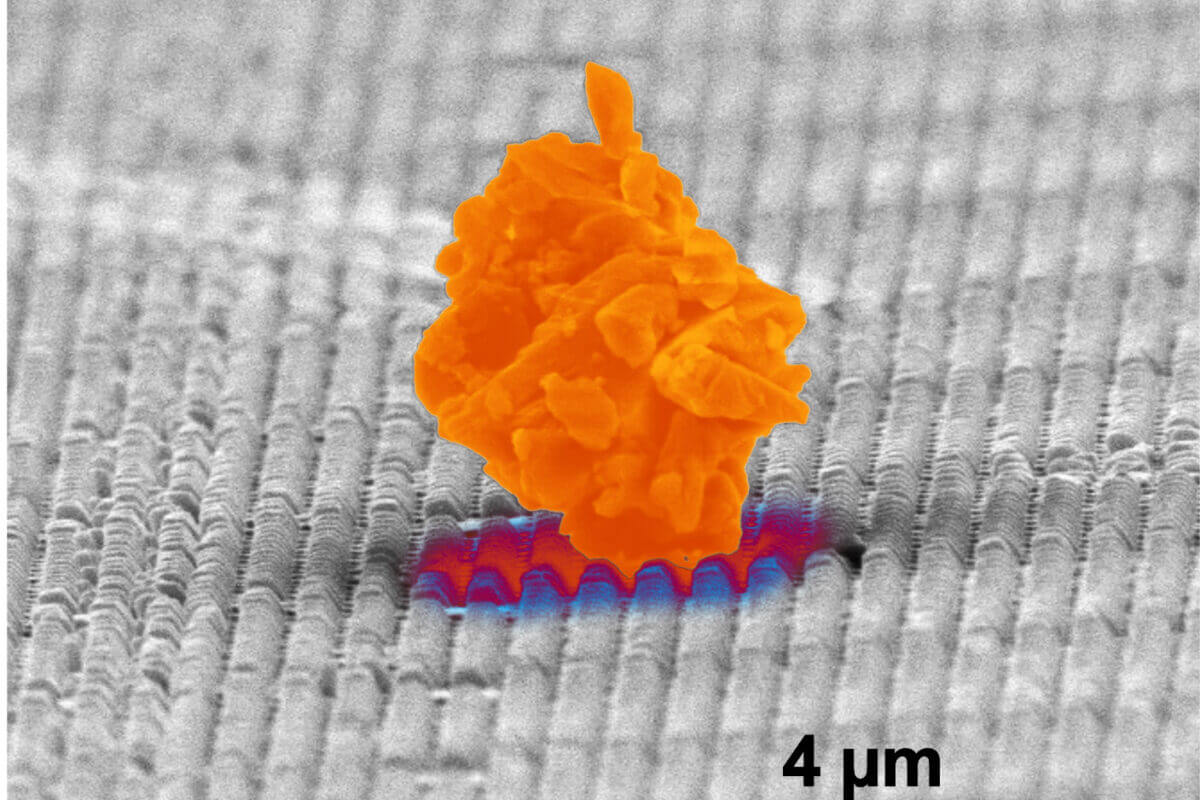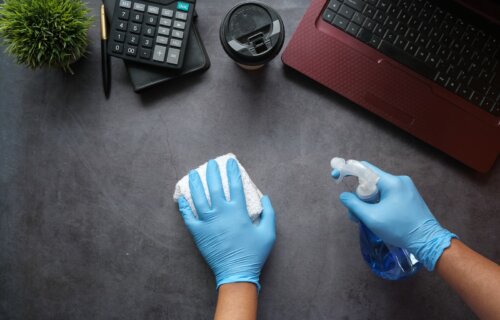AUSTIN, Texas — The age-old chore of dusting could soon be a thing of the past. Scientists are developing “self-cleaning” surfaces that make dust particles unable to stick to them. Researchers from the University of Texas at Austin say the particles instead stick to each other and simply roll off the surfaces with nothing more than the assistance of gravity.
The study primarily focused on space technology, and how dust can wreak havoc and even ruin missions to Mars and equipment on high-tech stations. However, the researchers also believe the discovery could prove useful on Earth, preventing solar panels from collecting dust and losing efficiency. These surfaces may even protect our screens and windows from irritating dust.
Scientists altered the geometry of flat surfaces at a level invisible to the human eye. The team made a tightly-packed nanoscale network of pyramid-shaped structures on the surfaces which makes it difficult for dust particles to stick to the material. Instead, the particles stick to each other before rolling off the material due to gravity.

The study, funded by a grant from NASA’s Small Business Innovation Research program, tested the material by piling lunar dust on their engineered surfaces before turning them on their sides. The team found that just two percent of the surface remained dusty, compared with more than 35 percent of an unaltered smooth surface. The new surfaces could provide a passive solution to removing dust, as opposed to more active methods like using wipers and fluid to clear dust from a car windscreen.
“What we’ve demonstrated here is a surface that can clean itself,” says lead study author Chih-Hao Chang, an associate professor in the Cockrell School of Engineering’s Walker Department of Mechanical Engineering, in a university release. “Particulates aren’t able to stick to the surface, so they come off using just the force of gravity.”

Study authors hope the material provides a solution to space dust, which can be extremely harmful in such a high-risk environment and is almost impossible to clean out. Space dust has previously wreaked havoc on NASA’s human spaceflight Apollo missions and has even caused rovers on Mars to malfunction and fail.
“There’s not much you can do about lunar dust in space – it sticks to everything and there’s no real way to wipe it off or spray it off,” says Samuel Lee, a lead study author who was an undergraduate researcher in Chang’s group. “Dust on solar panels of Mars rovers can cause them to fail.”
Although anti-dust technology has been around for decades, studies have rarely gained much traction outside of the lab due to problems with scaling.
Dr. Chang’s study, published in the journal ACS Applied Materials & Interfaces, used nanotechnology fabrication concepts called “nanocoining” and “nanoimprinting,” which prints patterns on objects in a modernized version of how newspapers and photographs were mass-produced in the 19th century.
South West News Service writer James Gamble contributed to this report.

